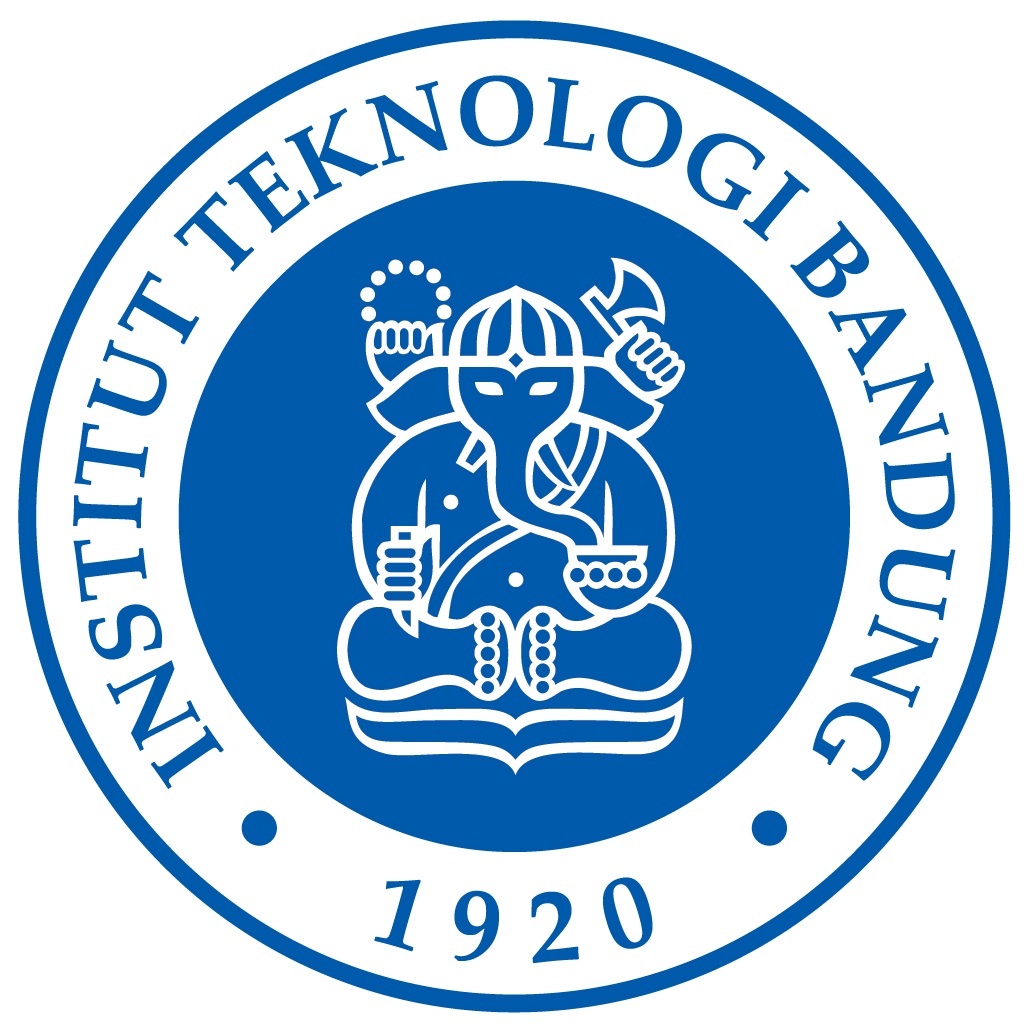

Andy Yahya Al Hakim
Several layers of spatial geoscience information including lithological, geophysical, geochemical, and alteration data are increasingly utilized in ore deposit exploration as geochemical pathfinders. These data can provide an insight into ores from various deposit types and to guide the exploration strategy. Multivariate statistical analysis including Principal Component Analysis (PCA) may be able to identify elemental bias and artifacts when defining trace element signatures in minerals from complex ores. We used the combination of geochemical data, mineralogy, and multistatistical methods to explore the iron skarn mineralization in the Meratus orogen. This deposit is located in the Meratus orogen along the contact between the metamorphosed ultramafic rocks with the Upper Cretaceous granitoids. Alteration zoning from the barren rocks into the intrusions can be clearly observed in the field. Mineralization of the iron ore body can be classified into two main types: (i) lenses of magnetite, and (ii) clayey limonite with abundant clay minerals (i.e., kaolinite, nacrite). The mineralization body is represented by magnetite, chalcopyrite, andradite, diopside, epidote, with lesser amounts of pyrrhotite, sphalerite, covellite, cobaltite, and Ni-Co sulfides. The ore bodies have undergone hydrothermal metasomatism, including advanced argillic, phyllic, carbonate, and calc-silicate alterations. Petrographic observations indicate that the martitization process involves the oxidation of magnetite to hematite. A thorough examination employing whole-rock geochemical data reveals a genetic link between Au-Cu-S-Fe2O3, as those elements yield negative PC1 scores. The largest positive loadings onto PC1 are Na2O, Al2O3, K2O, and SiO 2, whereas CaO-MgO-MnO-P2O5 contains the positive loadings in PC2. Sulfide veins differ from the magnetite-garnet skarn by the flat-shaped rare earth element patterns. The large-ion lithophile elements of granodiorite are similar to the garnet skarn, but the high field strength elements are highly depleted. The magnetite-garnet skarn is enriched in LREE and has a negative europium anomaly. By contrast, the europium anomalies are positive in the intrusions. The high ratio of LREE/HREE in the spider diagrams results from the interaction between the felsic to intermediate magma during magma ascent. This study could be extrapolated to other regions to vector towards hydrothermal ore deposits.
Conduct field observations and surveys and evaluate field conditions to support studies at skarn deposit locations in South Kalimantan. Carry out analysis on rock samples to determine the abundance of elements and mineral composition of iron-bearing minerals so as to obtain the characteristics and quality of the iron ore.
This research proposal is designed to describe the origins of critical metals and strategic metals (critical raw materials) in economically valuable skarn deposits in the context of their magmatic setting and structure with the aim of increasing understanding of the geological processes and events that influence metallogenesis in the region.